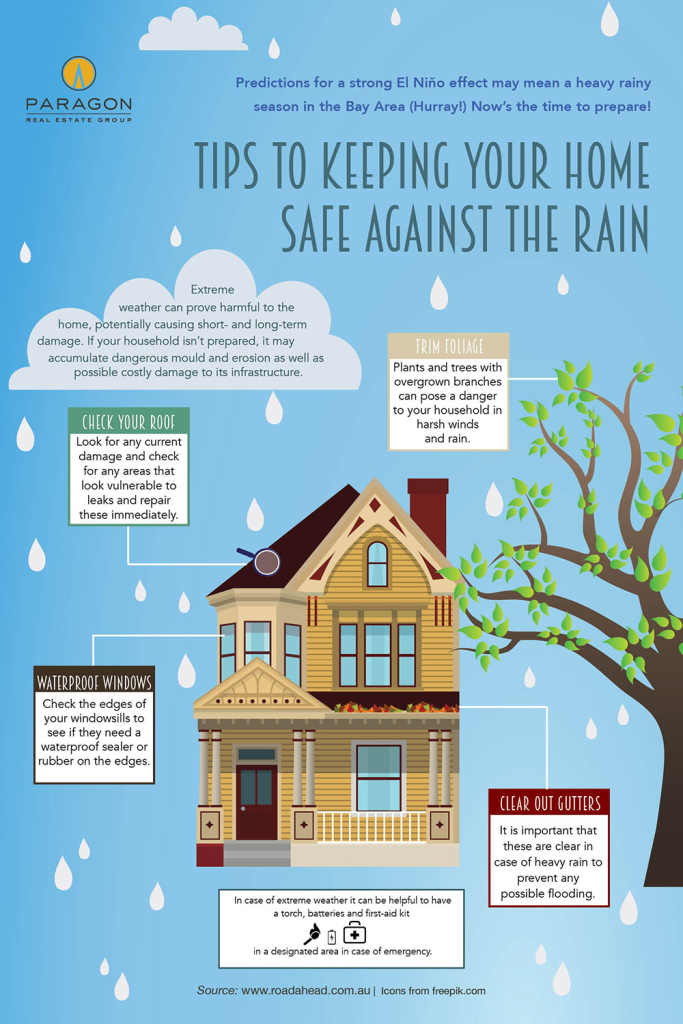Neglecting Roofing System Air Flow Can Cause Pricey Damage; Find Crucial Variables That Ensure A Successful Installment And Protect Your Financial Investment
Neglecting Roofing System Air Flow Can Cause Pricey Damage; Find Crucial Variables That Ensure A Successful Installment And Protect Your Financial Investment
Blog Article
Team Writer-Hermansen copyright
When you're tackling a roofing job, you may not think much about roof covering ventilation, but it's more important than you understand. Effective ventilation assists manage temperature and dampness in your attic, preventing problems like mold and architectural damage. By understanding just how to make and set up a balanced air flow system, you can improve energy performance and extend the life expectancy of your roof materials. So, what are the essential factors to consider during setup that can make all the distinction?
Relevance of Roof Ventilation
Roof covering air flow plays a crucial role in maintaining the overall health of your home. By permitting fresh air to distribute via your attic room, it aids control temperature level and moisture degrees. This balance is vital to prevent warmth buildup during warm months, which can result in raised power prices as your cooling works overtime.
Additionally, appropriate air flow dramatically minimizes the threat of moisture-related problems like mold and mildew. If contractor for kitchen remodel heights tx climb, your home's architectural integrity can be compromised, resulting in expensive repair services. You would not wish to handle decaying wood or deformed roof covering materials, right?
In addition, sufficient ventilation prolongs the life expectancy of your roofing system. When heat and dampness are kept in check, your roofing can carry out optimally, stopping premature deterioration. This indicates fewer migraines and expenditures down the line.
Just How Roof Air Flow Functions
Reliable roof covering air flow relies on the natural activity of air to create an equilibrium between consumption and exhaust. When you install vents, you're essentially allowing fresh air to enter your attic room while enabling warm, stale air to run away. This procedure aids manage temperature and wetness levels, avoiding issues like mold growth and roofing damage.
Intake vents, generally discovered at the eaves, attract amazing air from outside. On the other hand, exhaust vents, situated near the ridge of the roofing system, let hot air increase and leave. The difference in temperature produces a natural air movement, known as the stack impact. As window replacement experts san antonio surges, it develops a vacuum that draws in cooler air from the reduced vents.
To maximize this system, you require to guarantee that the intake and exhaust vents are appropriately sized and placed. If the intake is restricted, you will not achieve the desired ventilation.
Similarly, insufficient exhaust can trap warm and dampness, bring about prospective damage.
Trick Installment Considerations
When installing roofing system air flow, numerous essential considerations can make or break your system's performance. Initially, you need to examine your roofing's layout. The pitch, shape, and materials all affect air movement and ventilation choice. See to it to select vents that suit your roof kind and neighborhood climate conditions.
Next, think about the placement of your vents. Preferably, you'll want a well balanced system with consumption and exhaust vents placed for ideal airflow. Area intake vents short on the roof and exhaust vents near the peak to urge a natural flow of air. This arrangement assists prevent wetness buildup and advertises power performance.
Don't forget about insulation. Correct insulation in your attic room stops warm from escaping and maintains your home comfy. Ensure that insulation does not obstruct your vents, as this can prevent airflow.
Lastly, think about upkeep. Pick ventilation systems that are simple to gain access to for cleaning and evaluation. Regular maintenance guarantees your system continues to operate efficiently gradually.
Verdict
In conclusion, roof covering ventilation is important for an effective installment. By making certain proper air movement, you can stop warm buildup and wetness problems that lead to pricey damage. When you tactically position intake and exhaust vents, you boost power effectiveness and lengthen the lifespan of your roofing. Keep in mind, a well-ventilated roofing not only protects your investment but also enhances your indoor air quality. So, focus on ventilation to make sure a durable and cost-efficient roofing system for your home.
